Menabe-the West of Madagascar
SOUTH OF MORONDAVA - Belo sur mer
This charming village of fishermen - and schooner yards - is surrounded by Morondava from by land (80 km) 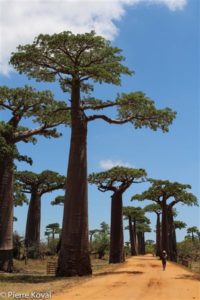
Its beautiful beach invites idleness, while its lagoon attracts windsurfers and diving enthusiasts, especially since it serves as a refuge for sea turtles.
With the consent of the local authorities, you can also use pirogues or schooners to visit the islands. Nosy Andrahovo, Nosy Tania, Nosy Andriangory and Nosy Angarahoka suitable for Robinsonnades and also have magnificent seabeds. East of Belo-sur-mer offers the Kirindy Forest Reserve for those who want to observe lemurs, chameleons, butterflies and birds.
EAST OF MORONDAVA - Mahabo (43 km east of Morondava on RN 35)
Former royal village Tsimanogarivo, Sakalava king of the early eighteenth century, known for his cruelty, then stronghold Merina, Mahabo houses the palace of the Queen Narova (second half of the nineteenth century), and the tomb of Ratsikiloly, great soothsayer of Sakalava kingship.
This last monument can not be visited.
Royal necropolises
It is in Maneva-Ankoraky and Ilaza, between Morondava and Mahabo, where the Sakalava rulers of the 18th century rest. The Necropolis of Maneva houses in particular the tomb of King Andriandahifotsy, the father of Andriamandisoarivo - the founder of the Kingdom of Boina. These two sites are difficult to access. Ask the local authorities to visit them.
MORONDAVA - The baobab avenue
The road to Belo-sur-Tsiribihina, about 5 km north of the intersection of the RN 35, is lined with 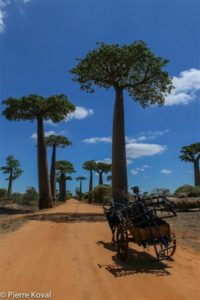
At the very end of the alley, after a series of ponds (kamory), you will discover two intertwined baobabs, the "baobabs in love".
Holy baobab tree
Baobab trees are one of the main natural curiosities of Madagascar's west. An impressive specimen rises on the right side of RN 35, just outside of Morondava. It is a place of worship where you pay tribute to the ancestors by placing shells, bottles and red and black cloth in the cracks of its trunk.
Andranomena Reserve (about 50 km north of Morondava)
It covers several dozen acres of dry forest and is home to eight families of Lemurs, other endemic mammals, reptiles (crocodiles, snakes and turtles, including Pixys planicauda, which lives only in this forest) and forty-five species of birds.
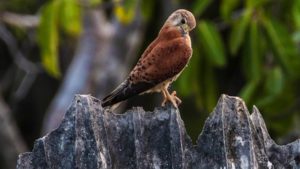
Attractive places where Waterfowl like Angongo, Vivy, Vano, Kapi-drano... framed by the lush vegetation of the dense dry forest live.
In the reserve there are also several lakes and it is possible for Ornithological trips of significant interest.
Lush landscape where you walk through the clearings under the shade of baobabs and where you can see the strange and amazing shapes of twin baobabs, love baobabs, male Baobabs can see and appreciate... and be ingratiated by the strange whistling of the birds.
The dense Dry forest forms a continuous massif from north to south and is interspersed with temporary lakes; the biodiversity is extremely high.
The botanical inventory has identified 113 species of woody plants.
98% of the species of the family Bombacaceae consist of three species of baobab trees (Adansonia grandidieri, Adansonia rubrostipa and Adansonia zà).
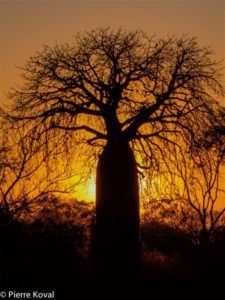
The faunistic inventory showed a result of non-negligible importance for the reserve, which is a vital space for several species:
11 reptile speciesincluding the locally endemic Pyxis planicauda.
48 bird species
7 Easily observable Lemur species, thereof
2 diurnal: Propithecus verreauxi verreauxi, Eulemur fulvus rufus
5 nocturnal: Microcebus berthae locally endemic, Lepilemur ruficaudatus, Microcebus murinus, Phaner furcifer , Mirza coquereli
4 rodent species, including 2 endemic Malagasy and 1 locally endemic: Hypogeomys antimena.
Belo on Tsiribihina
In this village on the Tsiribihina Estuary, about 100 km north of Morondava, is the sanctuary where the relics of the ancient Menabe kings are kept.
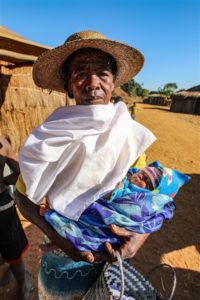
Every ten years, since the end of the kingship, the ladies are bathed in great ceremony in the Tsiribihina. This week-long "bath" or Fitampoha ritual allows participants to relive the Sakalava story. The sacrifices and offerings made on this occasion are intended to guarantee the protection of the royal ancestors and the prosperity of the Menabe.
Tsianihy
This royal necropolis on the bank of the Lake Bemarivo, north of Belo-sur-Tsiribihina, houses the remains of Toera, the last Sakalava ruler, who was massacred with his warriors at Ambiky in 1897 when French troops stormed the royal village. Information is available from the Belo-sur-Tsiribihina authorities if you wish to visit the site.
The Tsiribihina River Cruise
You can use the Mahajilo and then the Tsiribihina between Miandrivazo and Belo-sur-Tsiribihina 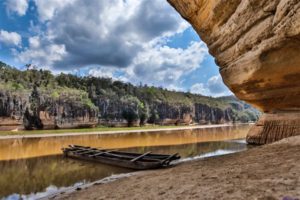
Manambolo Gorge
A seasonal route of 50 km connects Belo-sur-Tsiribihina with Bekopaka, a village on the Manambolo River and the southern gateway to the Tsingy Reserve of Bemaraha.
Upstream from Bekopaka, the river has carved spectacular gorges into the limestone plateau of Bemaraha. Some of the caves that open up on the rock face are ancient Vazimba necropolises.




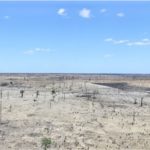

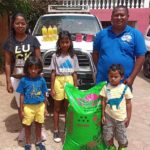
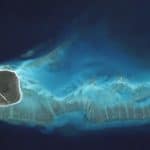
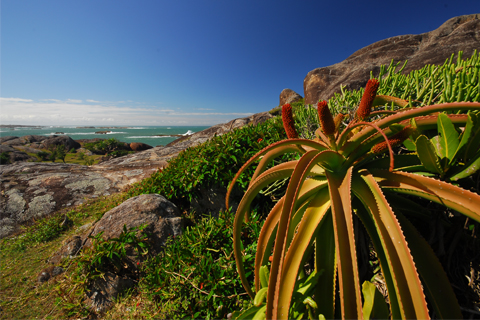
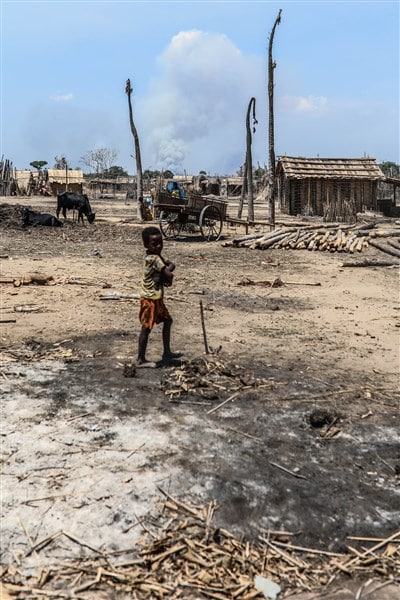
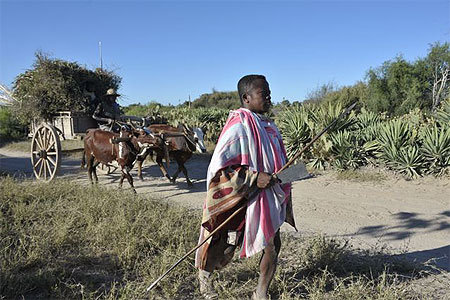
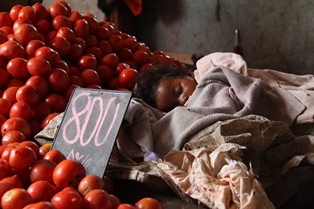
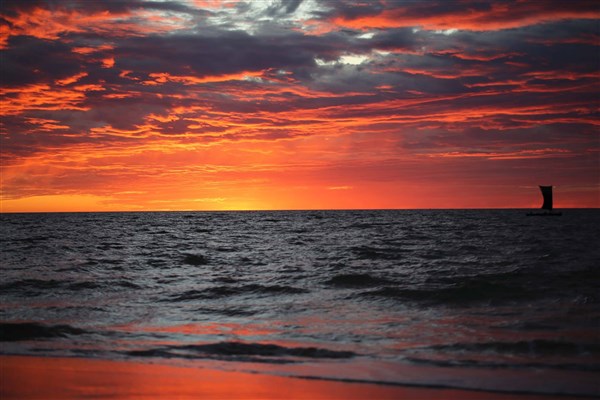
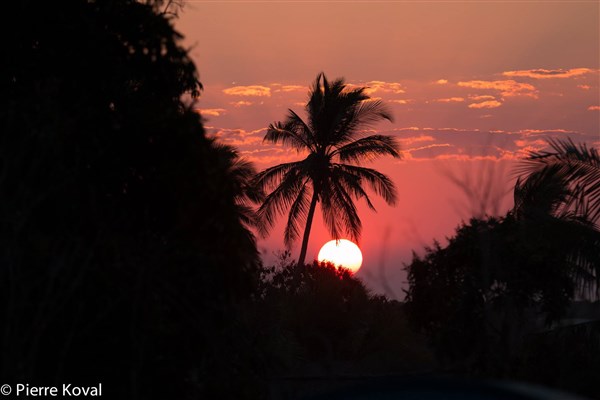




 Villa Sibylle Antananarivo (Madagascar)
Villa Sibylle Antananarivo (Madagascar)

